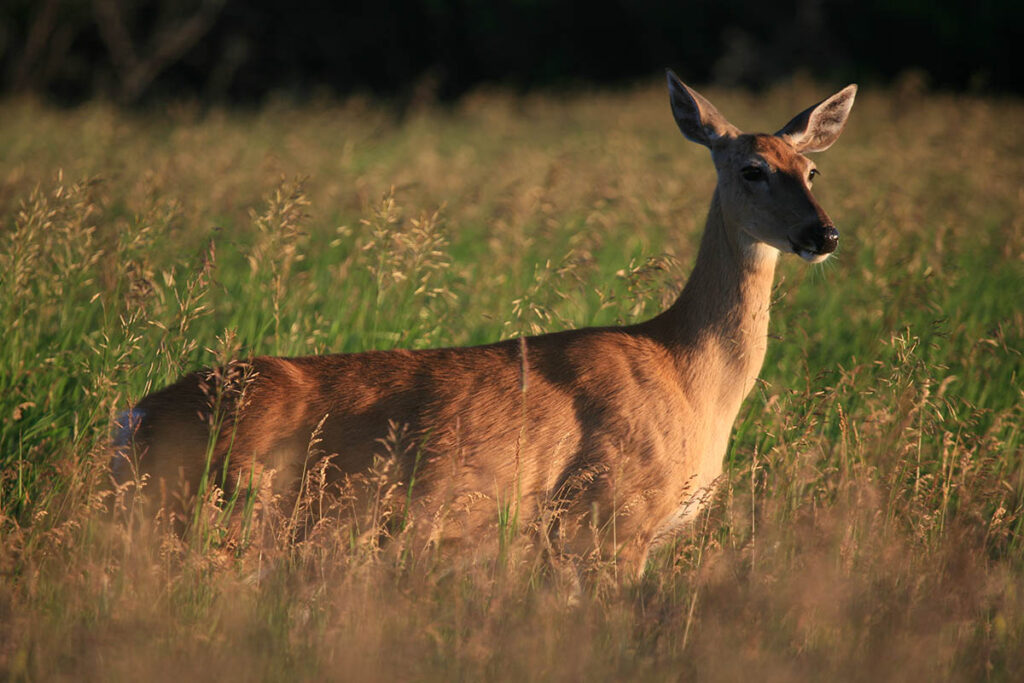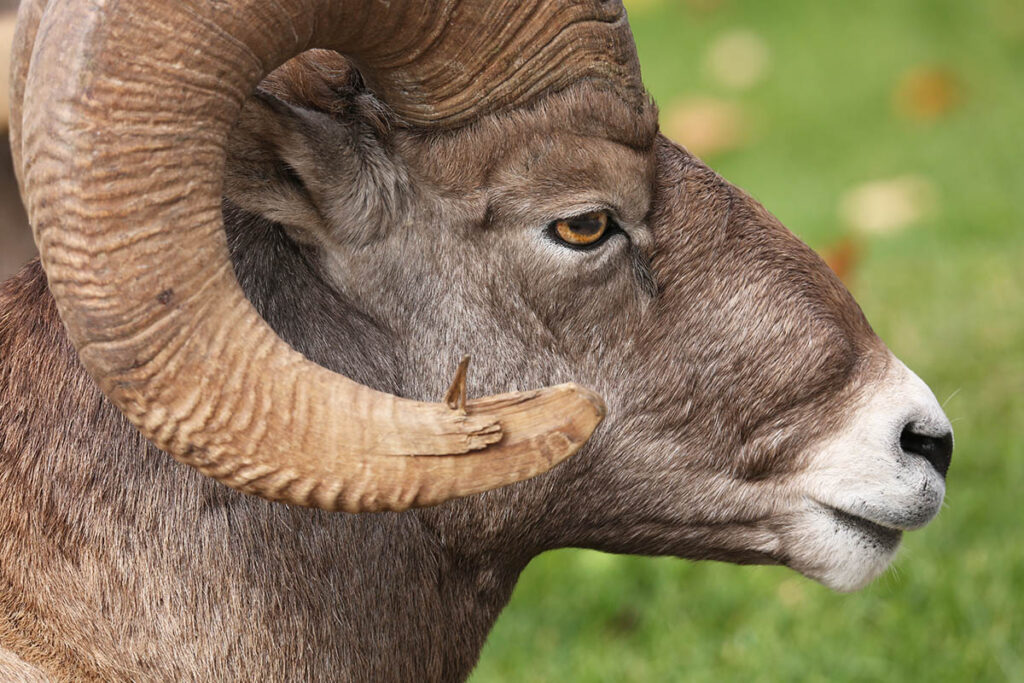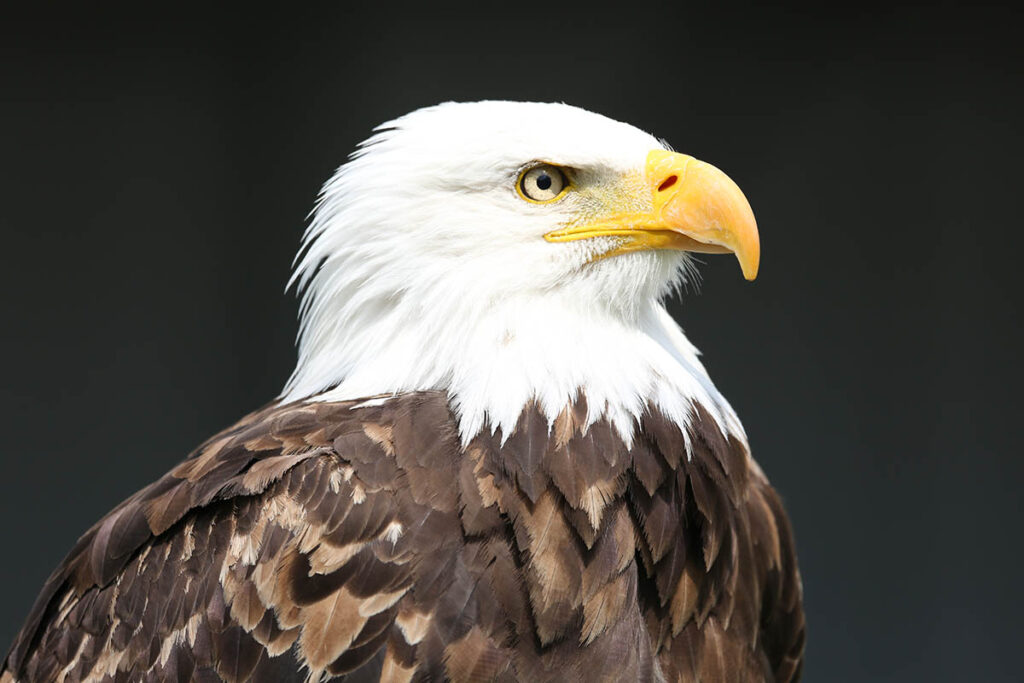Columbia Valley Nature Guide
The Columbia Valley National Park Nature Guide describes the geology, plants, and animals of the Columbia Valley in the Canadian Rockies region of British Columbia.
The Columbia Valley (also known as the Rocky Mountain Trench) has been carved over millions of years by the Columbia River. From its headwaters south of Radium Hot Springs, the Columbia flows northward through a 180-kilometre-long (110-mile-long) wetland to Golden, continuing north for a similar distance before reversing course and flowing south into the United States. The wetland between Radium and Golden holds international significance, not only for its size (26,000 hectares/64,250 acres), but also for the sheer concentration of wildlife it supports.
Columbia Valley Wildlife
Wildlife is abundant in the Columbia Valley and can be seen throughout the year. During winter many larger mammals move to lower elevations where food is accessible. Radium Hot Springs is a hive of activity for bighorn sheep throughout winter.
While the Columbia Valley provides ample opportunities for seeing numerous animals in their natural habitat, it also leads to human-animal encounters that are not always positive, especially along the Highway 93/95 corridor.
For the best places to see wildlife, go to our Columbia Valley Wildlife Viewing page.
Mule Deer and White-Tailed Deer
Mule deer and white-tailed deer are similar in size and appearance. Their colour varies with the season but is generally light brown in summer, turning dirty gray in winter. While both species are considerably smaller than elk, the mule deer is a little stockier than the white-tailed deer. The mule deer has a white rump, a white tail with a dark tip, and large mule-like ears. It inhabits open forests along valley floors. The white-tailed deer’s tail is dark on top, but when the animal runs, it holds its tail erect, revealing an all-white underside. Whitetails frequent thickets along the rivers and lakes of the Columbia Wetlands. They are also commonly seen along Highway 93/95 at dawn and dusk.

White-tailed deer.
Elk
The elk, or wapiti, is the most widespread and common of the larger mammals living in the Canadian Rockies, although numbers have been decreasing in the Columbia Valley for many years. It has a tan body with a dark-brown neck, dark-brown legs, and a white rump. This second-largest member of the deer family weighs 250-450 kilograms (550-1,000 pounds) and stands 1.5 metres (five feet) at the shoulder. Beginning each spring, bulls grow an impressive set of antlers, covered in what is known as velvet. The velvet contains nutrients that stimulate antler growth. By fall, the antlers have reached their full size and the velvet is shed. Rutting season takes place between August and October; listen for the shrill bugles of the bulls serenading the females. During the rut, randy males will challenge anything with their antlers and can be dangerous. The bulls shed their antlers each spring, but don’t relax too much because, also in spring, females protecting their young can be equally dangerous.
Moose
The giant of the deer family is the moose, an awkward-looking mammal that appears to have been designed by a cartoonist. It has the largest antlers of any animal in the world, stands up to 1.8 metres (six feet) at the shoulder, and weighs up to 500 kilograms (1,100 pounds). Its body is dark brown, and it has a prominent nose, long spindly legs, small eyes, big ears, and an odd flap of skin called a bell dangling beneath its chin. Apart from all that, it’s good-looking. Each spring, the bull begins to grow palm-shaped antlers that by August will be fully grown. Moose are solitary animals preferring marshy areas and weedy lakes, but they are known to wander to higher elevations searching out open spaces in summer. They forage in and around ponds on willows, aspens, birches, grasses, and all aquatic vegetation. They can be seen along the Columbia River Wetlands. Although they may appear docile, moose will attack humans if they feel threatened.
Bears
The two species of bears present in the Columbia Valley—BLACK BEARS and GRIZZLIES—can be differentiated by size and shape. Grizzlies are larger than black bears and have a flatter, dish-shaped face and a distinctive hump of muscle behind their neck. Colour is not a reliable way to tell them apart. Black bears are not always black. They can be brown or cinnamon, causing them to be confused with the brown-coloured grizzly.
Black bears are widespread throughout the Columbia Valley, but are most commonly seen along logging roads in spring. Their weight varies considerably, but males average 150 kilograms (330 pounds) and females 100 kilograms (220 pounds). Their diet is omnivorous, consisting primarily of grasses and berries but supplemented by small mammals. They are not true hibernators, but in winter they can sleep for up to a month at a time before changing position. During this time, their heartbeat drops to 10 beats per minute, their body temperature drops, and they lose up to 30 percent of their body weight. Females reach reproductive maturity after five years; cubs, usually two, are born in late winter, while the mother is still asleep.
Grizzlies, second largest of eight recognized species of bears worldwide (only polar bears are larger), have disappeared from most of North America but are widespread throughout the Canadian Rockies. Grizzlies are only occasionally seen by casual observers in the Columbia Valley; most sightings occur in alpine and subalpine zones, although sightings at lower elevations are not unusual, especially when snow falls early or late. The bears’ colour ranges from light brown to almost black, with dark tan being the most common. On average, males weigh 200-350 kilograms (440-770 pounds). The bears eat small and medium-sized mammals, and berries in fall. Like black bears, they sleep through most of the winter. When they emerge in early spring, the bears scavenge carcasses of animals that succumbed to the winter, until the new spring vegetation becomes sufficiently plentiful. Females first give birth at four years old, and then every three years, with cubs remaining with their mother for 2-3 years.
Coyotes
The coyote is often mistaken for a wolf when in fact it is much smaller, weighing up to only 15 kilograms (33 pounds). It has a pointed nose and a long, bushy tail. Its colouring is a mottled mix of brown and gray, with lighter-coloured legs and belly. The coyote is a skillful and crafty hunter, preying mainly on rodents. Coyotes have the remarkable ability to hear the movement of small mammals under the snow, allowing them to hunt these animals without actually seeing them. Coyotes are widespread along the lower sections of Highway 93. They are attracted to cleared areas of valley bottoms by an abundance of small game, and many have permanent dens there. They are often seen patrolling the edges of highways, crossing open meadows in low-lying valleys, and sneaking around townsites.
Cougars
Rarely encountered by casual hikers, these majestic creatures (known in other parts of North America as mountain lions, pumas, or catamounts) measure up to 1.5 metres (five feet) long. The average male weighs 75 kilograms (165 pounds) and the female 40-55 kilograms (90-120 pounds). Cougars are versatile hunters whose acute vision takes in a peripheral span in excess of 200 degrees. They typically kill a large mammal such as an elk or deer every 12-14 days, eating part of it and caching the rest. Their diet also includes chipmunks, ground squirrels, snowshoe hares, and occasionally porcupines. Their athletic prowess puts Olympians to shame. They can spring forward more than 8 metres (26 feet) from a standstill, leap 4 metres (13 feet) into the air, and safely jump from a height of 20 metres (65 feet).
The cougar is a solitary animal with distinct territorial boundaries. This limits its population density, which in turn means that its overall numbers are low.
Bighorn Sheep
Bighorn sheep are some of the most distinctive mammals of the Columbia Valley, especially in and around the town of Radium Hot Springs, which has a population of around 120 resident sheep. Easily recognized by their impressive horns, they are often seen grazing on grassy mountain slopes or at salt licks beside the road. The colour of their coat varies with the season; in summer, it’s a brownish-gray with a cream-coloured belly and rump, turning lighter in winter. Fully grown males can weigh up to 120 kilograms (270 pounds), while females generally weigh around 80 kilograms (180 pounds). Both sexes possess horns, rather than antlers like members of the deer family. Unlike antlers, horns are not shed each year and can grow to astounding sizes. The horns of rams are larger than those of ewes and curve up to 360 degrees. The spiraled horns of an older ram can measure longer than one metre (3.2 feet) and weigh as much as 15 kilograms (33 pounds). During the fall mating season, a hierarchy is established among the rams for the right to breed ewes. As the males face off against each other to establish dominance, their horns act as both a weapon and a buffer against the head-butting of other rams. The skull structure of the bighorn, rams in particular, has become adapted to these head-butting clashes, keeping the animals from being knocked unconscious.

Bighorn sheep.
Squirrels
Several species of squirrels are common in the Columbia Valley. The GOLDEN-MANTLED GROUND SQUIRREL, found in rocky outcrops of subalpine and alpine regions, has black stripes along its sides and looks like an oversized chipmunk. Most common is the COLUMBIAN GROUND SQUIRREL, which lives in burrows, often in open grassland. It is recognizable by its reddish legs, face, and underside, and a flecked, grayish back. The bushy-tailed RED SQUIRREL, the bold chatterbox of the forest, leaves telltale shelled cones at the base of conifers. Another species, the nocturnal NORTHERN FLYING FOX, glides through the montane forests of mountain valleys. Although rarely seen, it has been reported at Kimberley Nature Park.
Porcupines
This small, squat animal is easily recognized by its thick coat of quills. It eats roots and leaves but is also known as being destructive around wooden buildings and vehicle tires. Porcupines are common and widespread throughout all forested areas, but they’re hard to spy because they feed most often at night. Porcupines are common in the Columbia Valley, and you may see them scurrying off the trail on an early morning hike through subalpine forest.
Shrews
A member of the insectivore family, the furry shrew has a sharp-pointed snout and is closely related to the mole. It must eat almost constantly because it is susceptible to starvation within only a few hours of its last meal. Another variety present throughout the region, the pygmy shrew is the world’s smallest mammal; it weighs just four grams (0.1 ounce).
Birds
More than 100 species of birds live among the sedges, grasses, dogwoods, and black cottonwoods surrounding the convoluted banks of the Columbia River. Of special interest are BLUE HERONS in large numbers and OSPREYS in one of the world’s highest concentrations. The wetland also lies along the Pacific Flyway, so particularly large numbers of DUCKS, CANADA GEESE, and other migratory birds gather here in spring and autumn.
Extensive tree cover along the Columbia Valley hides many species of birds, making them seem less abundant than they are; over 250 species have been recorded. The two you’re most likely to see are the GRAY JAY and CLARK’S NUTCRACKER, which regularly joins picnickers for lunch. Also common are black-and-white MAGPIES, raucous ravens, and several species of ducks, which can be seen around lakes along the Columbia Valley floor.
At dusk, GREAT-HORNED owls swoop silently through the trees, their eerie call echoing through the forest. GOLDEN EAGLES and BALD EAGLES can be seen soaring high above the Columbia Valley.

Bald eagle.
